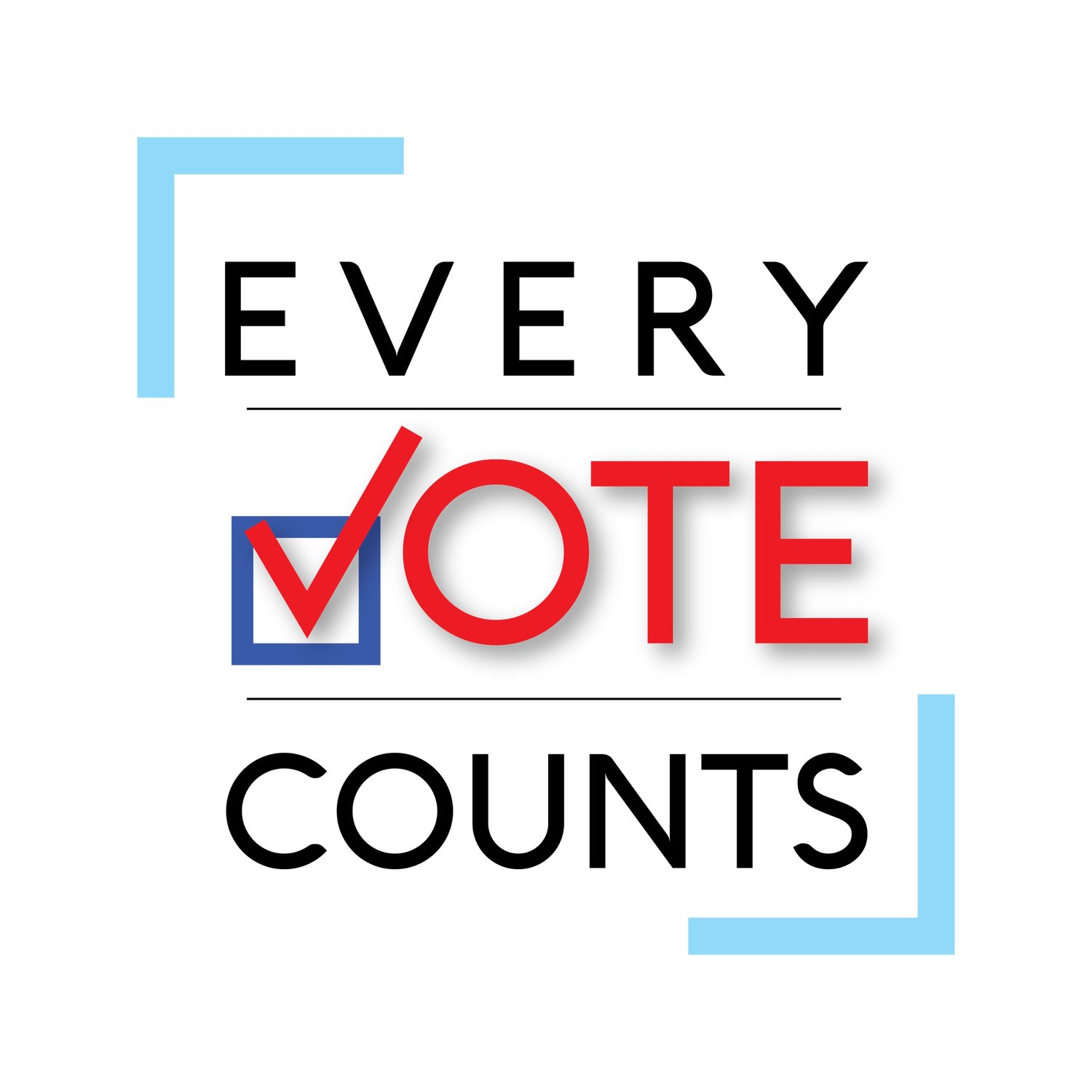Alternate Voting Systems: Approval Voting
Approval voting may not be the answer, but it highlights that there is a world of alternative voting systems out there for advocates to parse through, debate, and consider.
By Zeke Hertz
The modern, two-party, winner-takes-all electoral system that the United States uses to decide its elections is flawed; this is not a new concept. Political scientists and voters have long stated their complaints with this system and have made vocal their desire for reform. In 2016, for example, citizens of Maine voted for Ranked Choice Voting during a referendum, becoming the first state to implement an alternative voting system in its congressional election. Ranked Choice Voting (RCV) is an electoral process which allows voters to rank candidates from most to least preferred, with votes to the least popular candidate being redistributed to second choices until a candidate is elected by a majority. While RCV is an alternative voting system that has gotten the most attention, particularly from advocacy groups like EVC, there are other alternative models that Americans may want to consider when looking for electoral reform.
Approval Voting is a prominent substitute that is floated in place of RCV or the status quo. This electoral system is used by the UN to decide its secretary general and is utilized in small elections around the country. Fargo, North Dakota became the first city to adapt approval voting in 2018, a major victory for advocates of approval voting. Under an approval voting system, voters would be able to select as many candidates as they would like, rather than just one, as the system currently permits. Essentially, the ballot would present voters with a binary choice on each candidate: whether or not they “approve” of them. All votes are weighted equally and, at the end, the candidate with the highest approval wins the race.
There are many benefits of an approval-based election, the most prominent of which is its effect on the two-party system and spoiler candidates. Like RCV, approval aims to eliminate the possibility of a minor party drawing support from a major party and “spoiling” the election. In an approval system, this goal is achieved by permitting voters to select both candidates, allowing them to show their support for a minor party’s platform without risking electoral damage to their preferred major candidate. Approval is also a simpler system to understand than RCV, an important benefit for those unfamiliar with a newly-implemented electoral system, and the results are easier for the average, non-engaged voter to interpret; instead of multiple rounds of runoffs, voters just see one election. Approval-based ballots, because they are so simple, are also significantly less likely to be filled out incorrectly, a serious problem under the current system.
Advocates of RCV see major issues with an approval system, however. One of the biggest issues with approval voting is that it can sometimes produce wonky results. The most pressing concern is that a highly centrist party might receive approval from both sides of the political spectrum and win, resulting in a winner that is the most “approved of” but is few voters' first choice. RCV accounts for voter preference in a way that approval doesn’t, solving this potential problem. The counter to this objection is that approval sacrifices pure majority rule in the name of maximizing some level of satisfaction (this highly centrist result is thus an intentional side effect of the system). Since approval voting has never been used on a national or state level, it is still unknown whether voters would perceive this sacrifice of strong first choice support and the trend towards extreme centrism as fair and democratic.
Other problematic results that can result from approval voting have to do with the way a ballot is filled out. “Bullet votes” describes approval ballots in which a voter only selects one candidate, despite being able to vote for as many as they would like. If too many voters cast a bullet vote, the system dissolves into a two-party, winner-takes-all system, practically nullifying the reform and reverting us to the status quo. There is some evidence that voters may be inclined to cast bullet votes, too. The Independent Party of Oregon held their 2016 primary using an approval system and found that 70% of voters decided to cast a bullet vote. These results suggest that if candidates are very ideologically different, voters may not be willing to utilize their approval powers. Unfortunately, bullet voting is a natural limitation of the approval system.
If voters decide to vote for too many candidates, the approval system also runs into a problem of being unable to distinguish the best candidates and amplifying the votes of voters who decided against voting this way. This may happen in a primary, for example, when there are few ideological differences between candidates. In 2016, YouGov conducted an approval-based poll of the Republican primary field and found that nearly 90% of respondents approved of every candidate, proving this is a legitimate concern. This scenario, like bullet voting, is a part of the nature of approval voting and can’t be controlled; RCV, by being a completely different system, doesn’t face these problems.
Approval voting is not a perfect system and it may not even be any better than Ranked Choice Voting in creating a fairer democracy. The truth is, however, that there is no perfect electoral system and that each proposed reform can be countered with legitimate criticism and concerns. The reality is that the status quo is fundamentally flawed and that many voters are unhappy with how the system is run. Approval voting may not be the answer, but it highlights that there is a world of alternative voting systems out there for advocates to parse through, debate, and consider.

